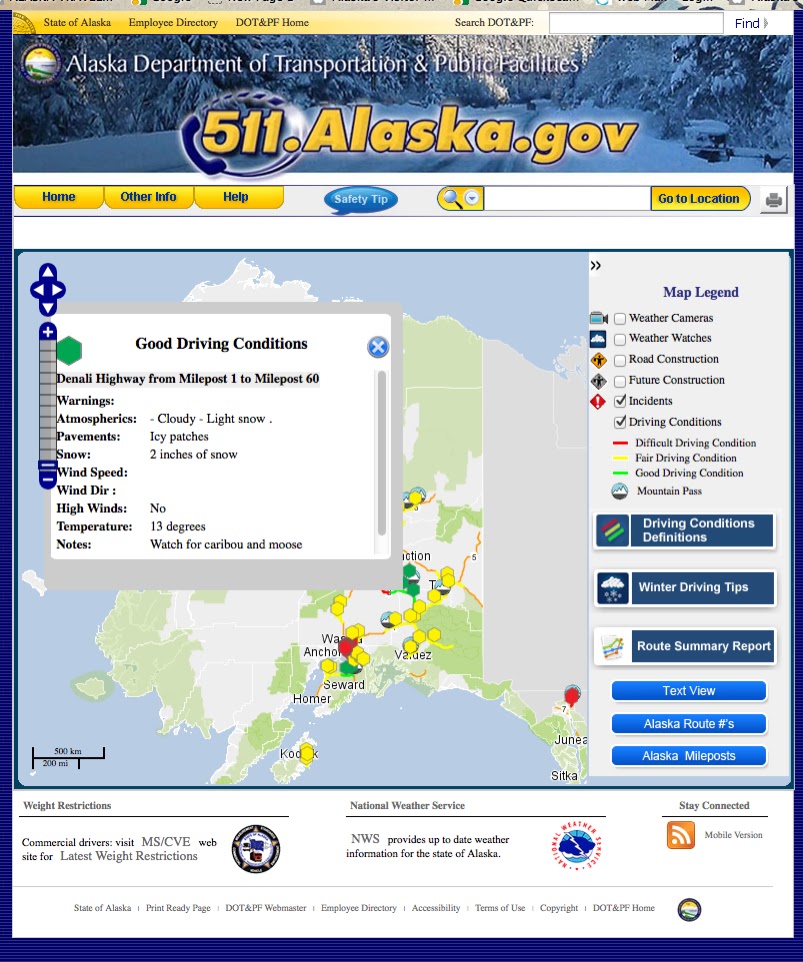Apparently Federal Aid Pullbacks Can Hurt Bridge Projects, Analysis Warns
FROM THE ALASKA BEACON https://alaskabeacon.com/ Bridge, building maintenance backlogs will hit state budgets as federal aid declines ...
FROM THE ALASKA BEACON
https://alaskabeacon.com/Bridge, building maintenance backlogs will hit state budgets as federal aid declines

Construction equipment is seen last year near the partially demolished westbound Washington Bridge connecting Providence and East Providence in Rhode Island. Authors of a new analysis point to the bridge’s 2023 failure as an example of the growing state costs of deferred maintenance projects. (Photo by Christopher Shea/Rhode Island Current)
The growing backlog of bridges and public buildings in need of repair or replacement poses an increasing threat to state finances, but tracking of maintenance liabilities varies wildly across the states.
That reality is examined in a new analysis published Thursday by the Volcker Alliance, a nonprofit that supports public sector workers, along with The Pew Charitable Trusts and the Hubert H. Humphrey School of Public Affairs at the University of Minnesota.
The analysis implores states to urgently adopt better methods to identify, quantify and fund their deferred infrastructure maintenance.
“The cliff is here,” said William Glasgall, one of the researchers and a public finance adviser at the Volcker Alliance. “The bridges aren’t getting any newer, the water treatment plants aren’t getting any newer.”
Responsibility for public infrastructure has been increasingly falling on state and local governments.
With an estimated $1 trillion in aging public infrastructure needs, states will continue to confront steeper bills as the federal government pulls back support of major projects, Glassgall said. Since January, President Donald Trump’s administration has stripped states and cities of billions of dollars that Congress approved for education, infrastructure and energy projects. Last month, for example, the White House announced it would hold $18 billion for subway and rail tunnel projects already underway in New York City.
“The political reality is that this administration and this Congress are telling the states, you’ve got to live much more by your own wits,” he said.
While states routinely report their debts for construction projects or pension obligations, deferred maintenance is more scattered: The new analysis found 20 states make no mention of deferred maintenance in their capital budgets at all. And definitions vary over what constitutes deferred maintenance — upkeep to maintain infrastructure in good working order that was planned but has been postponed.
Putting off maintenance too long can pose real economic and safety issues, Glasgall noted.
Rhode Island’s Washington Bridge connecting Providence and East Providence is a prime example. In 2023, state officials closed the bridge’s four westbound lanes after at least two anchor rods meant to keep the structure from shaking were broken, jeopardizing the span. The failure created a political scandal in the state and will cost an estimated $428 million to replace over several years.
Still, some states have taken recent steps to tackle their maintenance backlogs.
In August, Massachusetts Democratic Gov. Maura Healey signed legislation delivering over $1 billion in infrastructure funds to cities and towns, including $200 million for culverts, small bridges and other long-deferred maintenance work.
She has proposed dedicating $2.5 billion over 10 years to capital projects on higher education campuses across the state, saying many college buildings opened in the 1970s and were “aging and increasingly unable to meet modern demands.” Lawmakers are considering the legislation.
In 2023, Oklahoma lawmakers passed the Legacy Capital Financing Act to provide funding for capital projects, including deferred maintenance. The next year, lawmakers approved an annual $75 million fund to address deferred maintenance of higher education, tourism and other state facilities.
Education and transportation are major drivers of state deferred maintenance needs nationally, said one of the researchers, Camila Fonseca-Sarmiento, director of fiscal research at the University of Minnesota’s Institute for Urban & Regional Infrastructure Finance.
The new analysis provides a look at all 50 states’ approaches to deferred maintenance and a deep dive into the policies in 10 states — from Alaska to Tennessee — for assessing and funding deferred maintenance. The study says those states can serve as models for others that have yet to address the growing challenge.
“They are putting more attention into deferred maintenance,” Fonseca-Sarmiento said, “and they’re trying to recognize it as a problem.”
Stateline reporter Kevin Hardy can be reached at khardy@stateline.org.
This story was originally produced by Stateline, which is part of States Newsroom, a nonprofit news network which includes Alaska Beacon, and is supported by grants and a coalition of donors as a 501c(3) public charity.
















